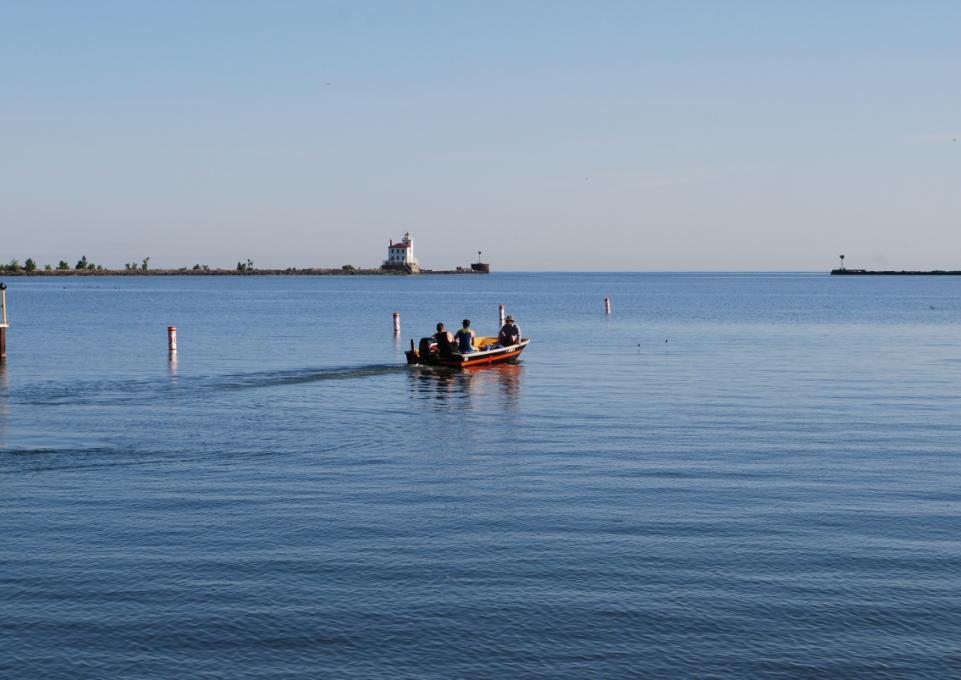
“Predator Avoidance Behavior? Patterns in Clam Excurrent Siphon Velocity According to External Environmental Cues” will be presented by Sarah Delavan, assistant professor of civil, structural, and environmental engineering at the University at Buffalo on Thursday, November 14, at 12:15 p.m. in Classroom Building B332.
The predator-prey relationship between blue crabs, Callinectes sapidus, and knobbed whelks, Busycon carica, and their bivalve clam prey, Mercenaria mercenaria, is influenced by the filter-feeding behavior of clams. In this system, clams release chemical metabolites to the estuarine water through their excurrent feeding siphon, the chemicals are transported downstream by the flow, and predators encounter the chemicals and travel upstream to locate the clams.
This interaction is mediated by three distinct phases of the chemical interaction: generation of the chemical signal, transport of the chemical downstream, and the acquisition of the chemical information. Much of the current literature on this predator-prey relationship is focused on the acquisition of the chemical plume and the behavioral reaction by the predator.
This study attempted to understand the generation and transmission of the clam metabolite chemical signal, specifically how the behavior of the prey modifies the local flow dynamics that transport those chemicals. The goal of this study was to quantify the excurrent siphon flow and modifications to the crossflow by the bivalve clam, Mercenaria mercenaria, according to external environmental conditions. This study concludes that clams alter the chemical odorant source characteristics and control the transmission of the chemical signal through altering the crossflow depending on the density of the clam patch, the presence of predator chemical cues, and the ambient crossflow velocity.
“The Modern Invasive Species Problem: A World Darwin Envisioned?” will be presented by Jason D. Fridley, assistant professor of biology at Syracuse University, College of Arts and Sciences, on Friday, November 22, at 3:30 p.m. in Science Building 272.
Although many see species invasions as a symptom of nature out of balance, some biologists—including Darwin—have suggested that biological invasions are an inevitable consequence of how natural selection works across biological realms that were isolated through much of their evolutionary history, and have only recently come into contact as a result of human migration and transport.
In this talk, Friedley will review global patterns of species invasions and suggest that Darwin's perspective offers unique insights into the where and why of species invasions—insights that have been long neglected by invasion biologists. Friedley will then describe a case study of the ecology of invasive shrubs and vines in Northeastern forests that points toward a Darwinian explanation that at least some species from Europe and Asia may be “pre-adapted” for success in North America, particularly in relation to their growth phenology. If Darwin's perspective is correct, then we should expect continued large changes in the functioning of ecosystems as a result of species introductions.
Students, faculty, and staff are welcome to attend. Light refreshments will be served at both events.
